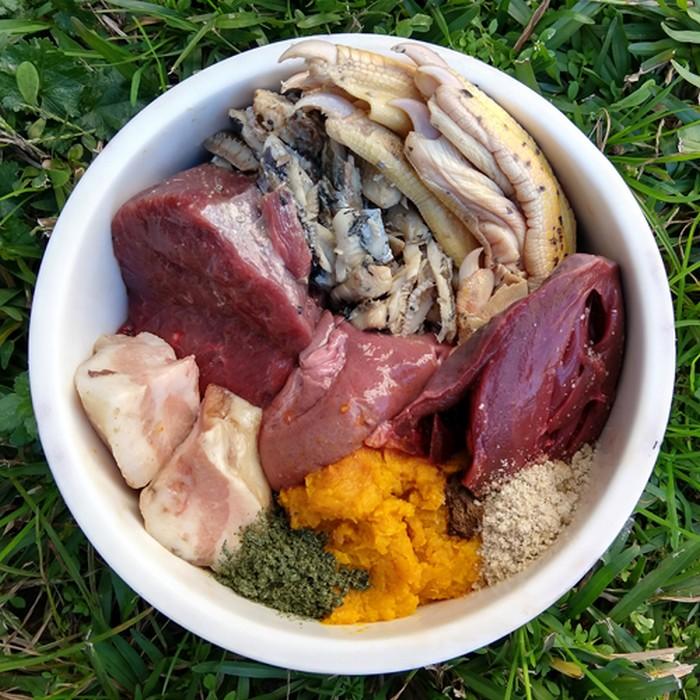It has been well-documented that both commercial raw pet foods and raw meats sold for human consumption have high rates of contamination with dangerous bacteria, many of which are antibiotic resistant. However, it is our experience that many pet owners are still unaware of human health risks from raw pet foods, including common treats such as pig ears, bully sticks, and most freeze-dried meat treats (like freeze-dried liver treats).
There have been numerous incidents that have proven that raw pet products do make people sick and in rare cases have actually caused human deaths. An outbreak of Salmonella linked to pig ear dog treats sickened more than 150 people in the US in 2019. Four infections with E.coli O157:H7, which resulted in one death, were reported in 2017 and several pet owners and a veterinarian were infected with a strain of tuberculosis from their cats that were infected from eating a commercial raw diet in the UK in 2019! These are just a few examples of a bigger problem.
Despite these reports and many other scientific publications documenting risks, many pet owners who feed raw diets or treats are unaware of the risks and do not take appropriate safety measures to protect themselves and their families. This lack of awareness or appropriate assessment of risk may be in part because many online sources and proponents of raw-feeding hype potential benefits (typically despite a lack of scientific evidence) while downplaying or ignoring potential risks.
A small research study published early last year investigated the food safety knowledge, practices, and perceptions of 174 pet owners who feed raw diets. In that survey, 95% of pet owners were 'very confident' that their handling of their pet's food was safe and 89% did not perceive that they or their family were at risk of food borne-illness. A similarly large percentage (84%) were also confident in their cleaning and sanitizing practices.
However, at the same time, the majority of respondents reported they didn't always use safe food handling processes such as thawing raw meat for their pets in the refrigerator or using separate utensils and food prep areas for their pet's food. Other risky practices reported included rinsing raw meat in the sink, not always washing their hands after prepping their pet's food, or not using disinfectants to clean surfaces, utensils, and pet food bowls after food prep or meals.
The majority (87%) of the pet owners cited the internet as their main source of information on raw diets; only 8% reported asking a veterinarian for food safety information. Only 12% of pet owners were aware that Campylobacter is a common contaminant of raw meat and only 36% were aware that foodborne illness could be fatal.
While this survey only included a small number of pet owners, the results, along with the clinical experience of many veterinarians and Board Certified Veterinary Nutritionist® , suggest that many pet owners who feed raw foods to their pets may underestimate their risk of illness while overestimating their ability to prepare their pet's food in the safest manner to protect their pets and themselves from foodborne pathogens. While we definitely do not recommend feeding raw diets due to their health and safety risks, if you make the choice to feed raw foods or treats to your pet, whether home-prepared or commercial, it is very important to follow proper food safety handling procedures and obtain objective information from reputable sources.
by Cailin R. Heinze, VMD, MS, DACVIM (Nutrition)
You could be interested: Innovative FEED Act introduced in US House of Representatives
Animal Origin
23/10/2023



































